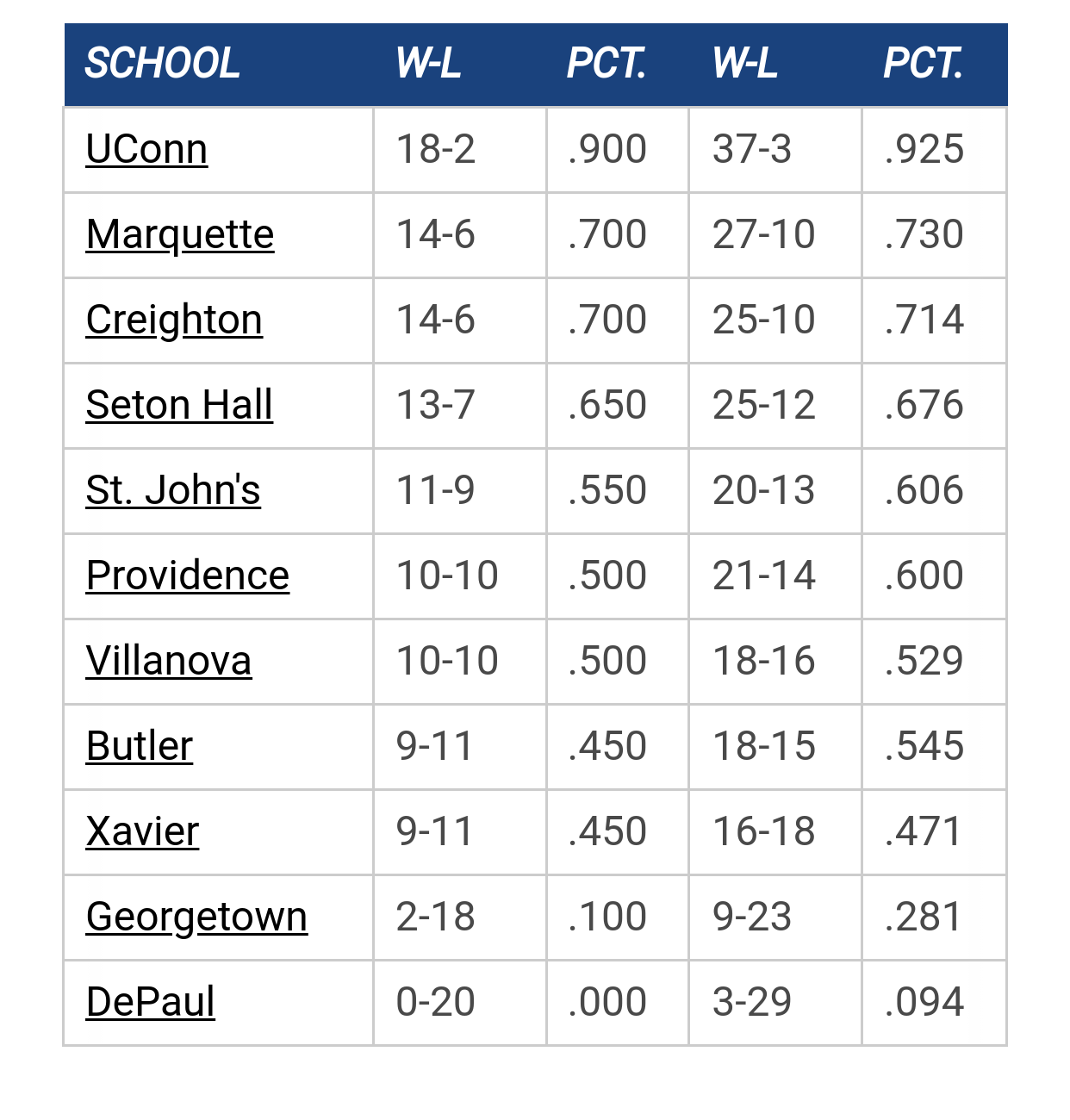- Welcome to MUScoop.
What would make you show Shaka the door in March? by WhiteTrash
[Today at 10:12:22 AM]
Marquette vs Georgetown by SaveOD238
[Today at 09:52:33 AM]
A loser's tax for Shaka? by Wade-A-Minute
[Today at 09:50:07 AM]
2026 Transfer Portal Wishlist by Viper
[Today at 09:22:50 AM]
2025-26 College Hoops Thread by rocky_warrior
[Today at 09:10:06 AM]
Marquette NBA Thread by Skatastrophy
[Today at 09:07:58 AM]
I don't have a single positive from this game by brewcity77
[Today at 09:00:02 AM]
[Today at 10:12:22 AM]
Marquette vs Georgetown by SaveOD238
[Today at 09:52:33 AM]
A loser's tax for Shaka? by Wade-A-Minute
[Today at 09:50:07 AM]
2026 Transfer Portal Wishlist by Viper
[Today at 09:22:50 AM]
2025-26 College Hoops Thread by rocky_warrior
[Today at 09:10:06 AM]
Marquette NBA Thread by Skatastrophy
[Today at 09:07:58 AM]
I don't have a single positive from this game by brewcity77
[Today at 09:00:02 AM]
The absolute only thing required for this FREE registration is a valid e-mail address. We keep all your information confidential and will NEVER give or sell it to anyone else.
Login to get rid of this box (and ads) , or signup NOW!
Georgetown Date/Time: Dec 17, 2025, 7:30pm TV: FS1 Schedule for 2025-26 |
||||||
User actions


